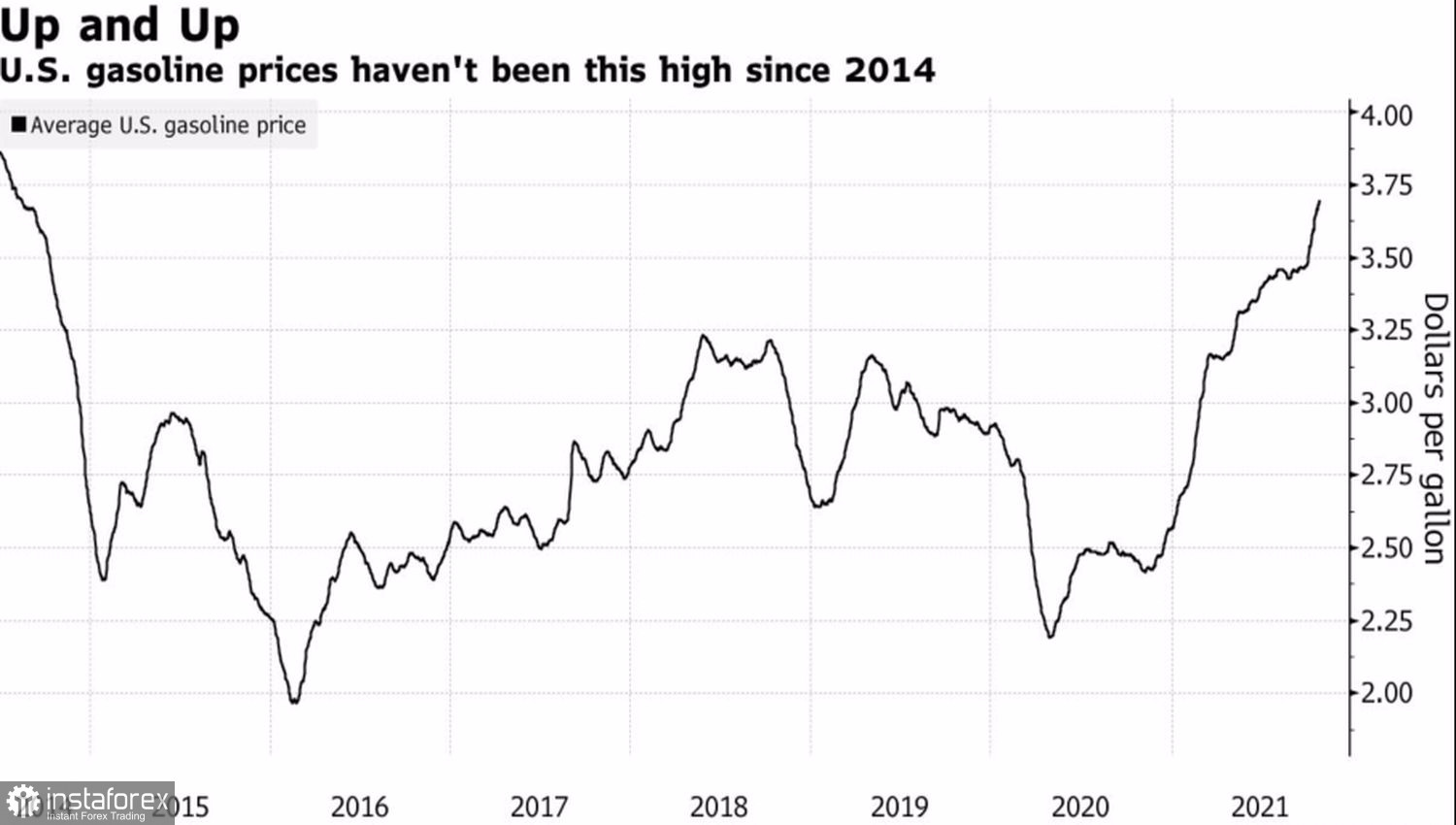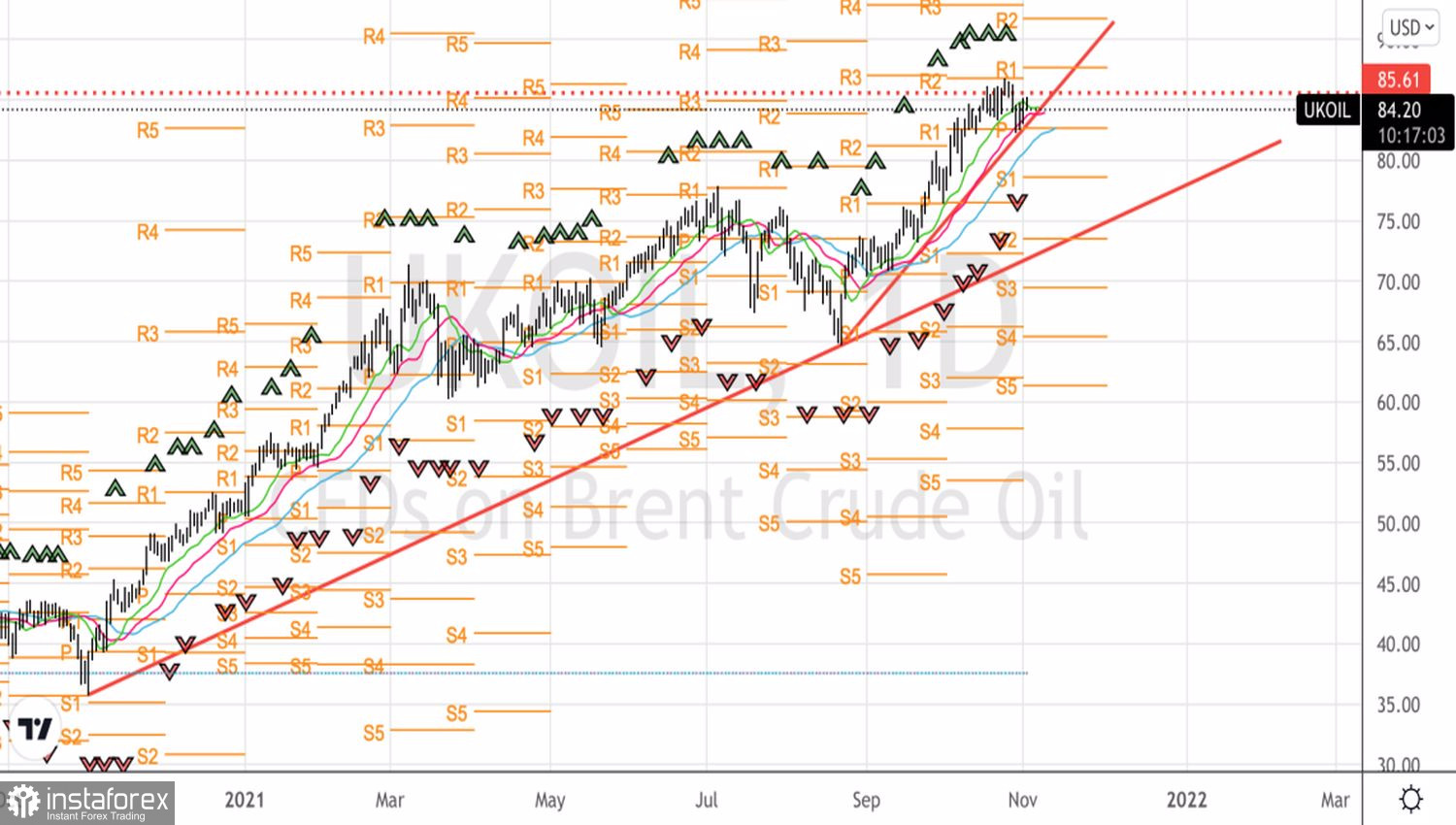Global demand is healthy, and supply is trying to catch up. But so far, it is not doing well. Unsurprisingly, oil prices, after a slight pullback, are trying to return to 7-year highs. And $85-86 per barrel for the North Sea variety is still in the bud. Bank of America predicts that prices will reach $120 by the end of June 2022.
According to British Petroleum (BP), global demand for oil has returned to the pre-pandemic level of 100 million b/d. The multinational oil and gas company believes that the moment is near when the indicator will exceed the levels that took place before COVID-19, and OPEC+ is effectively managing the market. Therefore, BP remains constructive about oil prices. Indeed, if the Alliance continues to stick to its plan to increase production by a modest 400,000 b/d, supply will find it extremely difficult to keep up with demand. And the oil-importing countries will not like this circumstance.
First of all, we are talking about the United States after President Joe Biden criticized the OPEC+ policy, calling it wrong. If Saudi Arabia, Russia, and other countries are not going to pump more oil so that people can use gasoline on the way to and from work, then this is wrong. It is obvious that the continuous growth of Brent and WTI leads to an increase in the cost of gasoline, costs for it on the part of households, which reduces the amount of money spent on other purposes. As a result, the GDP slows down.
Gasoline price dynamics

Despite calls from the White House, the Alliance is not going to follow its lead. Bloomberg experts believe that OPEC+ is going to adhere to the previous course, especially since Russia, Iraq, Angola, Algeria, Nigeria, and Kuwait have already stated that there is no need to deviate from previously approved plans.
Even the US dollar cannot stop the bulls on Brent and WTI. Since oil is quoted in the US currency, an increase in the USD index should contribute to its decline. However, the gap in the rate of recovery between supply and demand is so large that this scheme does not work. Expectations of a $120 billion QE tapering at the November FOMC meeting, as well as market belief in a federal funds rate hike twice in 2022, pushed the dollar index to 14-month highs. Because of this, oil is in no hurry to fall.
Thus, if we proceed from the assumptions that the growth in oil demand will increase as winter approaches, including due to the replacement of very expensive gas with oil products, and the supply will remain the same, then the price of $120 per barrel for the North Sea grade does not look like anything unreal.
Technically, as suggested in the previous material, the achievement of the target by the Wolfe Waves pattern on the weekly chart led to a pullback. At the same time, the rebound from the dynamic resistance in the form of moving averages on the daily time frame made it possible to form long positions. The targets for them are the pivot levels of $89.7, $92.6, as well as the previously identified mark of $102 per barrel. The recommendation is to keep longs and increase them periodically.
Brent, Daily chart

 English
English 
 Русский
Русский Bahasa Indonesia
Bahasa Indonesia Bahasa Malay
Bahasa Malay ไทย
ไทย Español
Español Deutsch
Deutsch Български
Български Français
Français Tiếng Việt
Tiếng Việt 中文
中文 বাংলা
বাংলা हिन्दी
हिन्दी Čeština
Čeština Українська
Українська Română
Română

